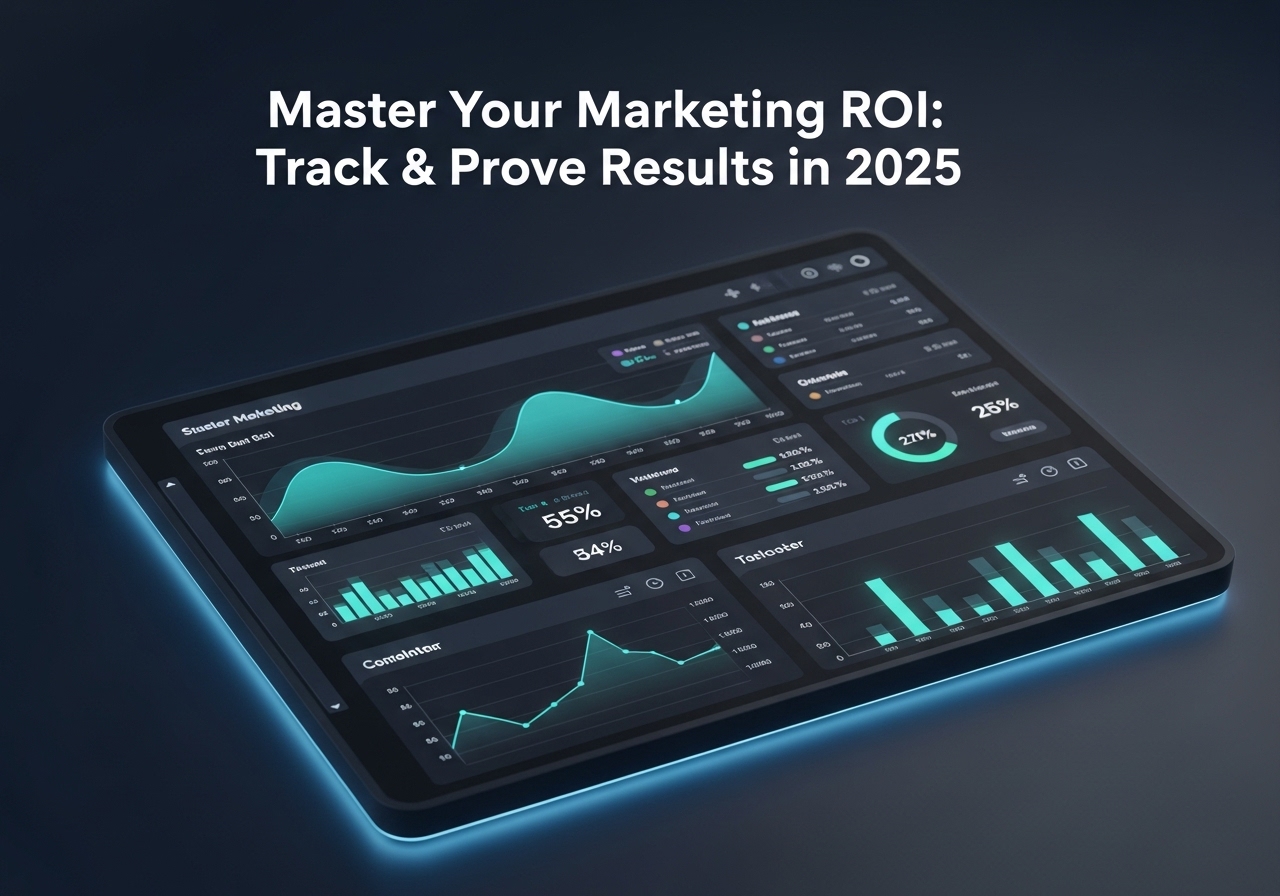The Pain Point: Why Measurement Matters More Than Ever
Did you know that in 2025, the global digital marketing industry is projected to be worth $1.3 trillion? Yet, for most business owners, one question dominates: How can we prove—beyond a doubt—that our marketing investments deliver real, measurable outcomes? Imagine pouring half your budget into paid media and new technologies, only to realize your ROI is a mystery. In a world where content marketing directly boosts sales for many, the difference between winners and also-rans is the ability to measure and act on what works.
What Are Measurable Digital Marketing Outcomes?
Measurable outcomes are tangible, data-driven results that prove the effectiveness of your digital marketing efforts. These go beyond mere impressions or likes; they include:
- Lead generation and conversion rates
- Revenue attributed to specific campaigns
- Customer acquisition costs
- Return on investment (ROI)
- Brand awareness and engagement improvements
The Data-Driven Marketing Imperative
Digital marketing in 2025 is relentless, competitive, and data-centric. Therefore, marketers and business owners now rely on robust analytics to make every dollar count. Without measurement, it’s impossible to refine strategies, maximize reach, or justify increased budgets.
How to Set Measurable Digital Marketing Goals
It all starts with SMART goals:
- Specific: What do you want to achieve? (e.g., generate 200 qualified leads)
- Measurable: Which metrics will you track? (e.g., form fills, sales)
- Achievable: Is your goal realistic given your resources?
- Relevant: Does it align with your business objectives?
- Time-bound: Set a deadline for results.
The Most Important Digital Marketing Metrics to Track
| Metric | Why It Matters | Tools to Track |
|---|---|---|
| Conversion Rate | Measures how many visitors complete a desired action | Google Analytics, HubSpot |
| Cost per Acquisition (CPA) | Shows cost-effectiveness of campaigns | Google Ads, Facebook Ads |
| Customer Lifetime Value (CLV) | Predicts long-term revenue from each customer | CRM, Shopify, HubSpot |
| Return on Ad Spend (ROAS) | Ties revenue directly to ad spend | Google Analytics, Shopify |
Essential Tools for Measuring Digital Marketing Outcomes
To turn data into actionable insights, leverage these leading platforms:
- Google Analytics (GA4): Tracks web and app user behavior, traffic sources, and conversion paths for a complete ROI picture.
- RevenueCloudFX: Powered by IBM Watson, it provides deep insights into lead sources, keyword rankings, and campaign effectiveness.
- HubSpot CRM: Connects marketing, sales, and customer data to link campaigns directly to revenue and deals.
How to Calculate Marketing ROI (With Example)
ROI calculation is the foundation for proving value:
ROI = (Revenue Generated – Total Marketing Cost) / Total Marketing Cost x 100
Example: You invest $2,000 in a social media campaign that generates $10,000 in sales. The ROI is (10,000 – 2,000) / 2,000 x 100 = 400%. For this reason, you can confidently say you earned $4 for every $1 spent.
Actionable Strategies for Achieving Measurable Results
- Define Clear Success Metrics for Every Campaign: Before launching any marketing initiative, pinpoint what success looks like. Is it leads, sales, downloads, or engagement?
- Implement End-to-End Tracking: Next, integrate tracking codes, use UTM parameters, and connect CRM data to ensure every customer touchpoint is measured.
- Leverage Multi-Touch Attribution: Go beyond last-click attribution. Use tools like Ruler Analytics or Google Analytics 4 to see how every channel contributes to conversions.
- Regularly Review and Refine: Finally, set monthly or quarterly reviews to analyze campaign data and optimize based on what’s working—and what’s not.
Overcoming Common Measurement Challenges
Even the best marketers face obstacles. For instance, attribution can be complex with customers interacting across multiple channels; to solve this, choose multi-touch or data-driven models. Similarly, data silos can prevent a clear view; break them down by integrating analytics and CRM platforms. Lastly, avoid analysis paralysis by focusing only on the metrics that matter most to your business goals.
Your Next Step: Diagnose What’s Missing in Your Strategy
Don’t leave your marketing success to guesswork. If you want a custom growth plan that pinpoints gaps and reveals exactly what’s missing, take CDM Suite’s free 3-minute marketing assessment today. With the right tools and targets, your digital marketing can become your business’s most reliable growth engine in 2025 and beyond.


